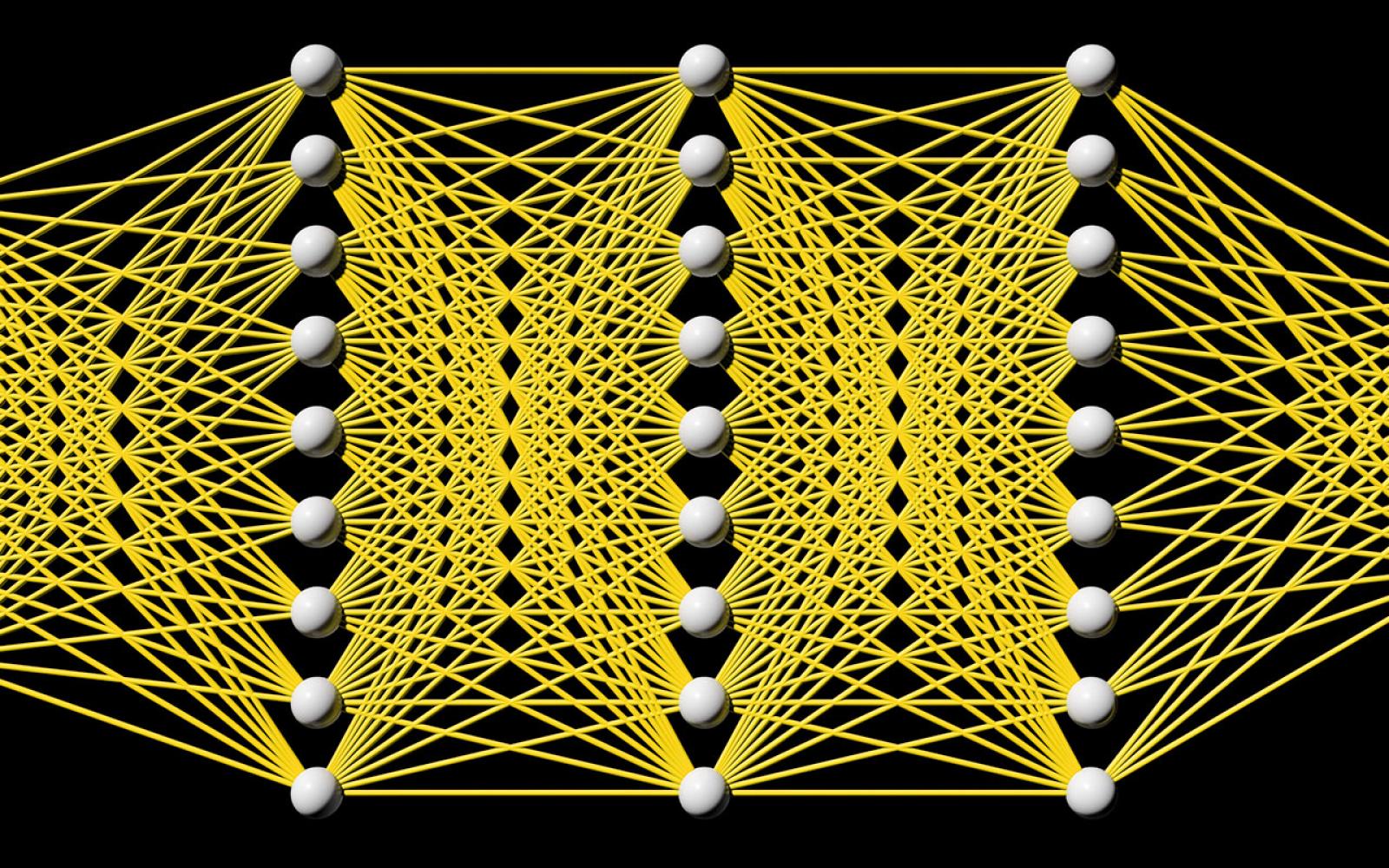How Much Urban Traffic is Searching for Parking? Simulating Curbside Parking as a Network of Finite Capacity Queues.
With the increasing availability of transaction data collected by digitalparking meters, paid curbside parking can be advantageously modeled as anetwork of interdependent queues. In this article we introduce methods foranalyzing a special class of networks of finite capacity queues, where tasksarrive from an exogenous source, join the queue if there is an available serveror are rejected and move to another queue in search of service according to thenetwork topology. Such networks can be useful for modeling curbside parkingsince queues in the network perform the same function and drivers searching foran available server are under combinatorial constraints and jockeying is notinstantaneous. Further, we provide a motivating example for such networks offinite capacity queues in the context of drivers searching for parking in theneighborhood of Belltown in Seattle, Washington, USA. Lastly, since thestationary distribution of such networks used to model parking are difficult tosatisfactorily characterize, we also introduce a simulation tool for thepurpose of testing the assumptions made to estimate interesting performancemetrics. Our results suggest that a Markovian relaxation of the problem whensolving for the mean rate metrics is comparable to deterministic service timesreflective of a driver's tendency to park for the maximum allowable time.
Stay in the loop.
Subscribe to our newsletter for a weekly update on the latest podcast, news, events, and jobs postings.



